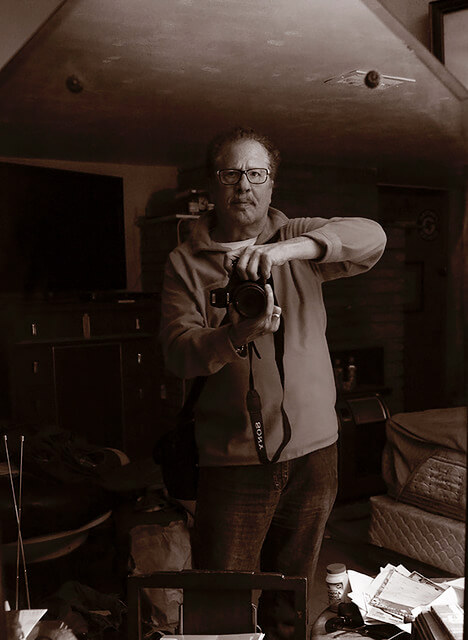Gary Beeber is an award-winning American photographer/filmmaker who has exhibited in galleries and museums throughout the United States and Europe. His documentary films have screened at over 75 film festivals. Solo (photography) exhibitions include two at Generous Miracles Gallery (NYC), the Griffin Museum of Photography (Wincester, MA), and upcoming exhibitions at PRAXIS Photo Arts Center, and the Rhode Island Center for Photographic Arts. Beeber’s work has also been included in juried exhibitions throughout the world. Among Fortune 500 companies who collect his work are Pfizer Pharmaceutical, Goldman Sachs and Chase Bank.
Sylvester Manor, Shelter Island
As an artist I am drawn to subjects I find to be incongruous, and always like to experiment with composition, lighting and perspective. As I'm taking pictures I think a lot about the passage of time and how things evolve over the decades.
When living in Sag Harbor, NY one of my great pleasures was taking the 10 minute ferry trip to Shelter Island (whose sleepy beauty starkly contrasts with the glitz and glamor of the Hamptons) and exploring/documenting Sylvester Manor. The island was originally inhabited by indigenous peoples, but was officially established as a slave holding provisioning plantation in 1652 by Nathaniel Sylvester, a sugar merchant from Barbados, who purchased the entire island for 1600 pounds of sugar.
Sylvester Manor has been in the Sylvester family for 11 generations. Descendants of Nathaniel Sylvester used slaves to work the plantation until early in the 19th century when slavery was abolished in the north.
People relate to this series because of Sylvester Manor's history and mystery. I was drawn to it for those same reasons, and of course it's sad, dark haunting beauty.
